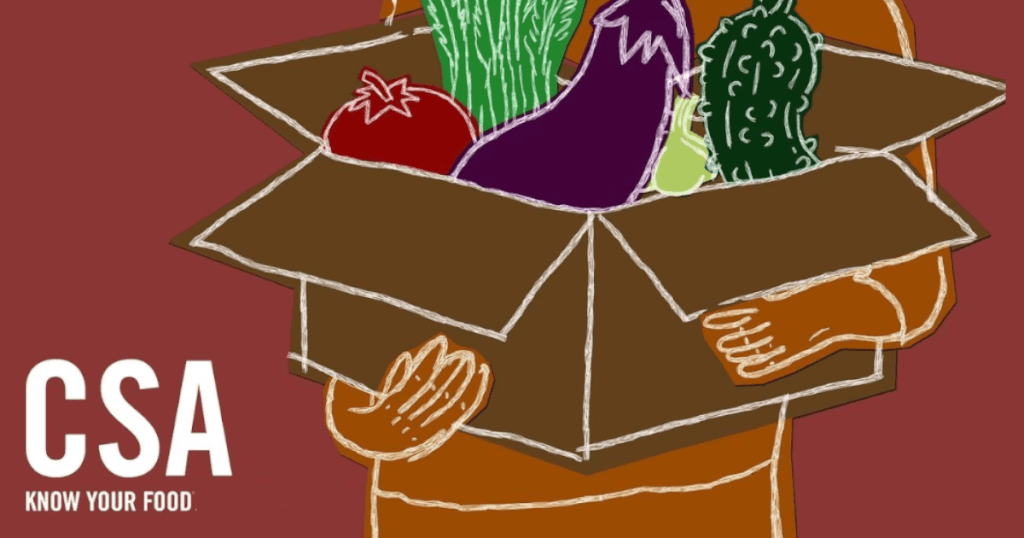Understanding how pathogens infect plants is essential for agriculture and veterinary students. The phenomenon of infection describes how pathogens establish, colonize, and spread within host tissues. This knowledge helps in disease management, crop protection, and predicting outbreaks in plants.
What is Infection?
Infection is the process where a pathogen enters, establishes, and colonizes host tissues. The infective units that come in contact with the host are called inoculum, and the success of infection depends on both host and pathogen factors as well as environmental conditions.
Inoculum potential refers to the pathogen’s ability to cause infection, influenced by density and virulence. According to Garrett (1960), it is “the energy of growth of a parasite available for infection of a host at the surface of the host organ.”

Factors Affecting Infection
1. Host Factors
- Susceptibility: Genetically inherited, controlling how easily a plant can be infected.
- Disease proneness: Influenced by external factors like nutrition; high nitrogen increases susceptibility, while adequate potash reduces it.
2. Pathogen Factors
- Virulence / Aggressiveness: Genetically determined ability to cause disease.
- Multiplication rate: Higher reproduction increases infection chances.
- Inoculum potential: Specialized pathogens may require only a few spores, while non-specialized ones need higher density.
3. Environmental Factors
- Temperature, moisture, relative humidity, and other conditions are crucial for pathogen survival, dispersal, and infection success.
Stages of Infection
Infection can be divided into three stages: pre-penetration, penetration, and post-penetration.
1. Pre-Penetration
Pathogens are classified as:
Active Invaders:
- Aggressively penetrate intact host cells without external assistance.
- Examples: Phyto-pathogenic fungi, phanerogamic parasites.
Passive Invaders:
- Require external factors like insect vectors, wounds, or farm tools.
- Examples: Plant viruses, bacterial pathogens.
Activities in Pre-Penetration:
- Fungi: Spore germination and germ tube growth.
- Bacteria: Multiply in infection drops; no dormant stage.
- Nematodes: Orient toward root surfaces.
- Example: Rhizoctonia solani forms infection cushions and appressoria for entry.
2. Penetration
Pathogens enter through direct or indirect penetration.
A. Indirect Penetration
- Wounds: Caused by hail, insects, or farm operations. Examples: Rhizopus, Colletotrichum.
- Natural Openings:
- Stomata: Puccinia graminis, Mycosphaerella musicola
- Lenticels: Sclerotinia fructicola, Streptomyces scabies
- Hydathodes: Xanthomonas campestris
B. Direct Penetration
- Physical Barriers: Fungi use hyphae, appressoria, or penetration pegs to breach host surfaces.
- Chemical Barriers: Overcome host defenses like cuticles, toxic compounds, or nutrient limitations.
- Example: Maleic acid in Bengal gram resists Uromyces ciceris arietini.
- Protocatechuic acid in onions resists Colletotrichum circinans.
Non-Cutinized Surfaces: Seedlings, root hairs, flowers, leaves, and stalk ends can be entry points for various pathogens.
Cutinized Surfaces: Leaves and stems of crops like spinach, solanaceous plants, and groundnut are infected by fungi like Cercospora beticola and Alternaria solani.
3. Post-Penetration
After penetration, pathogens invade and colonize host tissues.
- Establish parasitic relationships and derive nutrients.
- Produce enzymes, toxins, growth hormones, and polysaccharides to aid colonization.
- Colonization can be:
- Ectoparasitic: Pathogen stays on surface, feeding organs penetrate host (e.g., Rhizoctonia solani).
- Endoparasitic: Pathogen grows within tissues (parenchyma, vascular, subcuticular).
- Endobiotic: Pathogen entirely inside host cells (e.g., Synchytrium endobioticum).
Incubation Period: Time between inoculation and symptom appearance.
Exit of Pathogens:
- After colonization, pathogens leave the host to continue the infection cycle.
- Dissemination methods:
- Viruses: via vectors (insects, fungi, nematodes)
- Bacteria: ooze on surfaces, spread via water/insects
- Fungi: produce secondary spores on host surfaces
Conclusion
Understanding the phenomenon of infection is vital for plant disease management. By studying pre-penetration, penetration, and post-penetration stages, students can predict pathogen behavior, manage crop diseases, and develop effective control strategies.
If you’re keen to explore this topic in greater depth, including visuals, MCQs, and field-based case studies, head to the full Seed Technology Course on Pedigogy.com. Crafted by Rahul and trusted by agri and vet students across Nepal and beyond.
You can also visit the full course here:https://pedigogy.com/courses/learn-introduction-to-plant-pathology-with-rahul/


